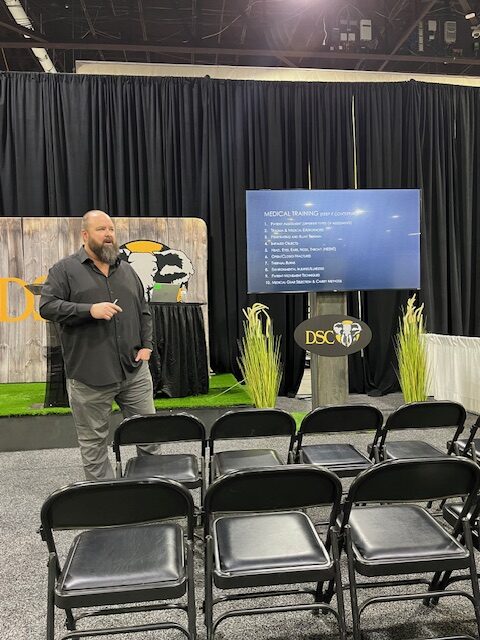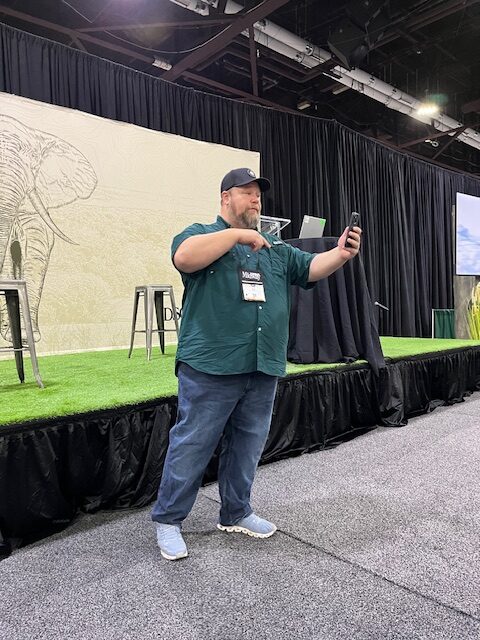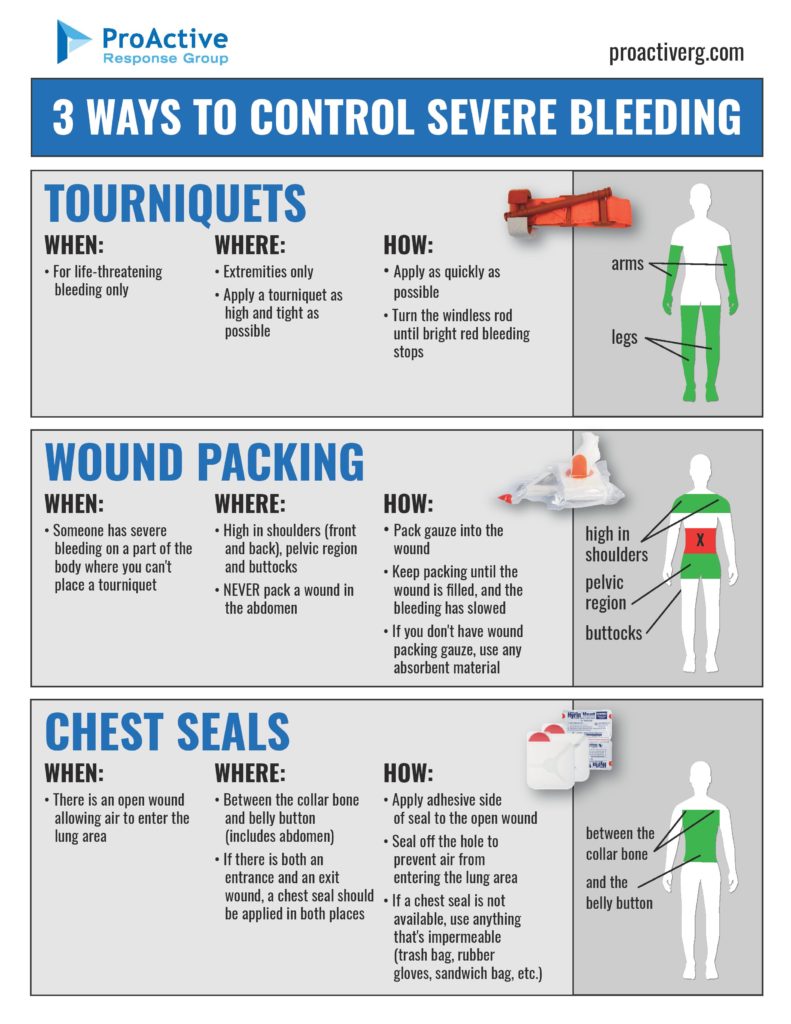The Dallas Safari Club Convention always features a number of education seminars. The seminars have ranged from hunting African buffalo to dealing with snake encounters to prepping for your first safari. Unfortunately, I have not had a chance to take advantage of the above seminars due to my volunteer work at the Membership Booth. However, I did get a chance to attend two seminars today which, while wildly divergent in topics, are both worthwhile to attend.
The first seminar I attended this afternoon was on hunter’s field medicine. It was presented by Caleb Causey who has served as an US Army combat medic, worked in the field as an EMT as well as a SWAT EMT, and is now an emergency medical educator. His company, Lone Star Medics, presents a number of training courses and seminars on all sorts of topics dealing with field and tactical medicine.

Caleb asked a number of questions that really made you think especially if you were overseas or in the backcountry. Beyond response time, you need to think about evacuation options and how you are going to get the injured or sick person to a vehicle in order to leave the field. Then you need to think about what emergency medical facilities are even available. The key point is that you need to ask these question of your outfitter or PH so that you can have a plan if the unthinkable happens. As he said, “No one cares more than you about your care.”
He crammed a lot into a one hour seminar. One thing that did stick out was that no pre-made medical kit is ideal. All need to be modified to fit your needs. He did say you should avoid getting your medical supplies from Ebay or Amazon and go to a company that specializes in medical supplies.
The next seminar was as opposite of the field medicine seminar as could be imagined. T. J. Gamble has a very popular YouTube site dedicated to bourbon and finding interesting bottles of it. The site is called Brewzle and it chronicles his search for bourbon in the liquor stores of America. The site has over 700,000 subscribers! I think it is because he is “every man” searching for the hard to find bottles of bourbon.

After giving an introduction in which he said he started out looking for the “unicorns” – the Pappy Van Winkles, the Buffalo Trace antique collection, the rare or limited bottling’s – he said he has moved on to looking for the bourbons coming out of the craft distilleries around the US. Gamble said he might buy upwards of 70 bottles of craft bourbon in a month in his travels in a search for the ones that are really good. Unfortunately, he might only end up with 2-3 good ones out of the 70 while some are just undrinkable straight while others just need more time to mature. The problem with craft distilleries is that they often cannot afford to have the bourbon age as long as needed nor do they have the generational knowledge of the big guys. As T. J. said, “You have to wait four years and then find out the whiskey you distilled is just crap.”
Here is an example of his YouTube visit to a liquor store. I picked this one because I have shopped here in the past and the place is unbelievable.
One of the questions T. J. was asked was for his recommendations for a basic selection of bourbons to buy if just getting started. He went with different distilleries so that different types of bourbon would be represented.
T. J. “Brewle’s” basic five are:
- Woodford Reserve Double Oaked
- Wild Turkey 101
- Evan Williams Bottled in Bond
- Rare Breed
- Old Grand-Dad 114
For $200 or less, you have a group of bourbons that represent different mashbills and different still types (column still vs. pot still) with lots of flavor.

